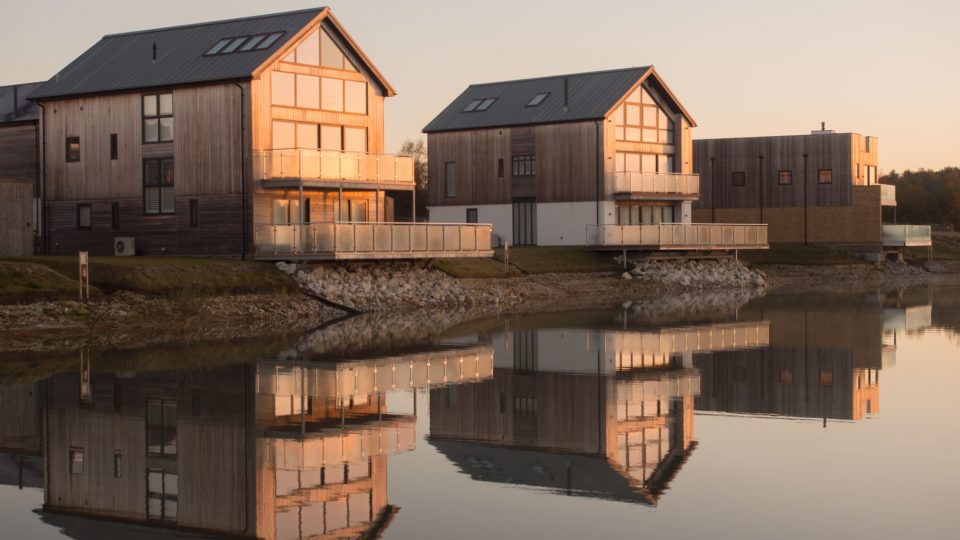While some people are shivering, we look forward to Autumn at Habitat First Group, as our country estates come into their own. Along with thousands of trees changing colour, this is a great time to spot some of our wildlife and birds in their natural habitats.
At Silverlake [www.silverlakedorset.com], it’s hard to mis3s the incredible starling murmuration over Starling Lake and Beaumont Lake. The skies will be full of noise while they do this and then as they drop from the sky to roost in the reedbeds, everything goes quiet again.
On the ground our dormice will be active until November, before finding a cosy spot to hibernate for around six months. As we create more wetland areas, we are starting to see a range of wintering waterbirds passing through or stopping for Winter. It’s also worth looking for passage migrants.
Silverlake’s surrounding areas are also pretty special in the Autumn. The National Trust owned Brownsea Island is a fantastic place for birdwatchers. The largest single Avocet flock in Britain was recorded here and in Autumn there are regularly up to 2,500 Black-tailed Godwits as well as Curlew, Grey Plover, Dunlin and Oystercatcher.
Over at Lower Mill Estate [www.lowermillestate.com], our wintering waterbirds begin to arrive to spend the Winter feeding with us. Species to look for include Tufted duck, Coot, Wigeon, Red-crested pochard, Goldeneye and Gadwall. Somerford Lagoon also attracts gulls in their thousands, including Lesser Black-backed Gull, Herring Gull, Common Gull and Black-headed Gull. Look out too for Linnets and Reed Buntings roosting around the lake edges. At dawn and dusk, Autumn is a wonderful time to spot our resident otters and it is definitely worth a trip to Flagham Fen at this time of year to look out for our beavers.
If you spot any of our Autumn wildlife, we would love to see your images through our social media channels.
